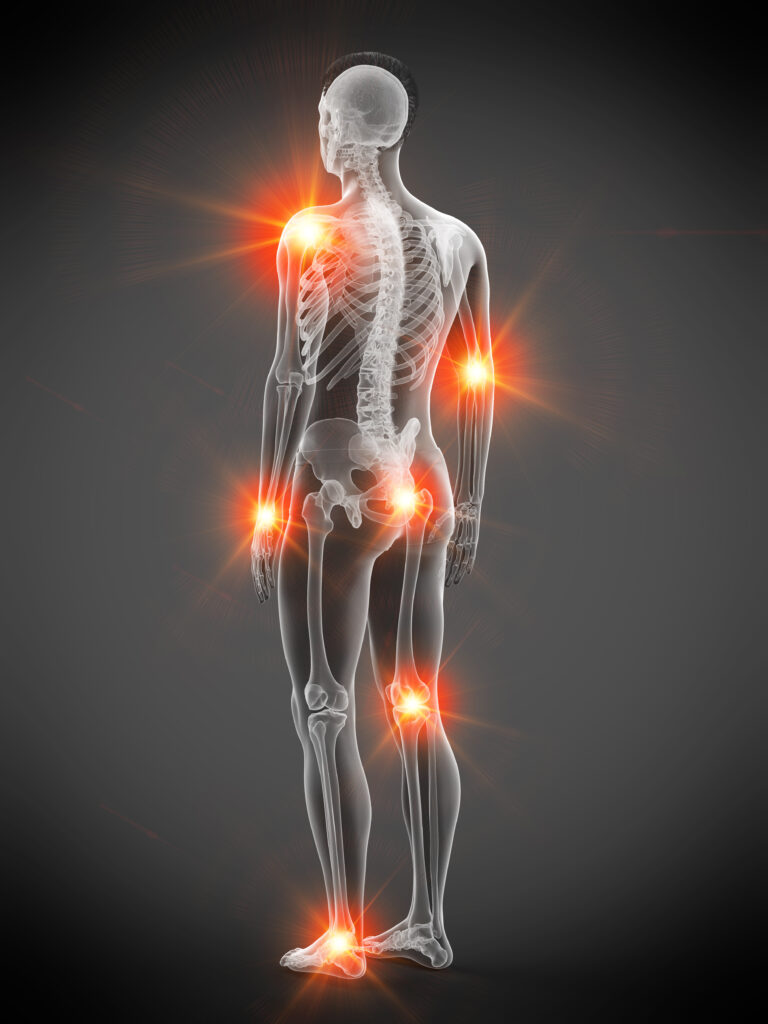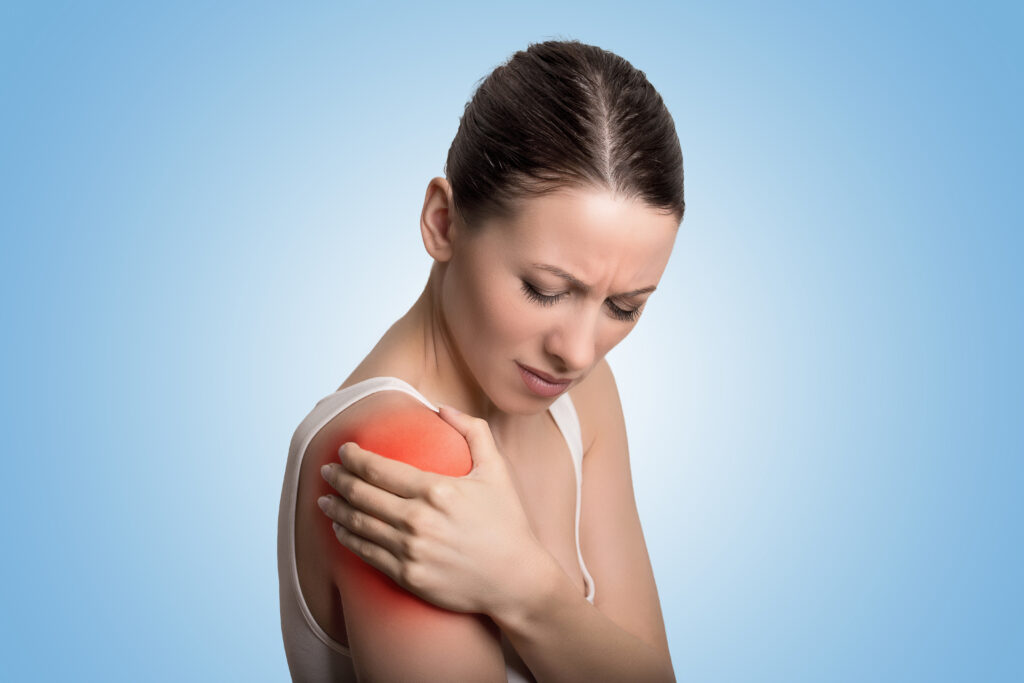What is arthritis?
Arthritis is a chronic condition associated with joint discomfort and inflammation that causes pain and decreased mobility. Many people struggle with arthritis and those who don’t often wonder what arthritis pain feels like. Arthritis pain can be debilitating and make it difficult to perform daily activities. Additionally, this joint pain can vary in intensity and duration and can be chronic or acute. Common symptoms of arthritis pain include swelling, stiffness, tenderness, and redness in the affected joint(s), decreased range of motion, and difficulty with mobility.
There are many different types of arthritis, but the four most common forms of arthritis diagnoses include:
- Osteoarthritis: Osteoarthritis is the most common form of arthritis, and it occurs when the protective cartilage that cushions the joint break down. This type of arthritis can affect any joint but most commonly affects the hands, hips, shoulders, and knees. Symptoms include pain, stiffness, and swelling.
- Rheumatoid arthritis: Rheumatoid arthritis is an autoimmune disorder in which the body’s immune system attacks the synovial membrane that lines the joints, leading to inflammation, swelling, and pain. Rheumatoid arthritis can affect any joint and often affects the hands and feet. Symptoms include joint pain, stiffness, and fatigue.
- Psoriatic arthritis: Psoriatic arthritis is a type of arthritis that occurs in some people who have psoriasis, a chronic skin condition. It causes joint pain, stiffness, and swelling and can affect any joint. It is commonly associated with psoriasis of the skin and nails.
- Gout: Gout is arthritis caused by a buildup of uric acid crystals in the joint. It most commonly affects the big toe but can also affect the ankles, knees, and other joints. Symptoms include severe pain, swelling, and tenderness in the affected joint; it also can cause difficulty walking and standing.

How can physical therapy help reduce arthritis pain?
Regardless of what type of arthritis pain you struggle with, arthritis can negatively impact your overall quality of life by interfering with daily activities, work, and social life. However, various physical therapy techniques can help reduce arthritis pain and improve mobility.
Let's explore some physical therapy treatment techniques that help reduce joint pain and improve mobility.
- Range of Motion Exercises: Range of motion exercises involve moving the affected joint(s) through their full range of motion to maintain flexibility, reduce stiffness and prevent muscle atrophy or joint stiffness.
- Strengthening Exercises: Strengthening exercises help to improve muscle strength around the affected joint(s). Stronger muscles help support the inflamed joints and reduce stress in these areas to alleviate pain. Many physical therapists will utilize resistance bands, weights, and bodyweight exercises such as squats and lunges to help strengthen these muscles to support the joints and reduce further injury.
- Low-Impact Aerobic Exercises: Another helpful arthritic pain reduction treatment involves practicing low-impact aerobic exercises such as swimming, cycling, and walking help to increase joint flexibility and reduce arthritis pain. These exercises are low-impact and gentle on the joints, making them ideal for people with chronic arthritis pain and decreased range of motion.
- Heat and Cold Therapy: Heat and cold therapy can help to reduce arthritis pain and stiffness. Applying heat to the affected joint(s) can help to increase blood flow and promote relaxation, while cold therapy can reduce inflammation and numb the affected area.
- Manual Therapy: Physical therapy specialists utilize manual therapy techniques such as massage and joint mobilization treatments to reduce pain and stiffness, improve range of motion, and promote relaxation.
Overall, physical therapy can be a valuable tool in managing arthritis pain. Range of motion exercises, strengthening exercises, low-impact aerobic exercises, heat and cold therapy, and manual therapy are all techniques that physical therapists use to reduce arthritis pain and improve mobility. However, working with a licensed physical therapist to develop a personalized treatment plan tailored to your specific needs and goals is essential.
